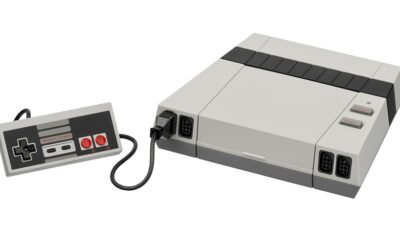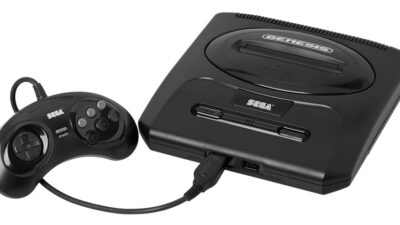Upgrading your gaming PC can seem like a daunting task, especially if it’s your first time. However, with the right guidance, you can enhance performance, improve graphics, or even increase storage capacity. This comprehensive guide will walk you through the essential upgrades, considerations, and steps to ensure your gaming rig runs as smoothly as possible.
1. Assess Your Current Setup
Before diving into upgrades, understand the limitations of your current hardware. Here’s how to assess your gaming PC:
- Check Hardware Specifications: Use tools like CPU-Z, GPU-Z, or the Task Manager’s Performance tab to get detailed information about your CPU, GPU, RAM, and storage.
- Identify Bottlenecks: Pay attention to resource usage while gaming. High CPU usage alongside low GPU usage might indicate a CPU bottleneck, and vice versa.
2. Determine Your Upgrade Path
Once you know your hardware specifications and limitations, you can decide on the most effective upgrades. Common upgrade paths include:
- Graphics Card (GPU): If you’re looking to enhance visual fidelity and performance in modern games, upgrading your GPU is often the best choice.
- Processor (CPU): A faster CPU can improve frame rates and loading times, especially in CPU-intensive games.
- Memory (RAM): Upgrading from 8GB to 16GB or more can help with multitasking and improve performance in demanding games.
- Storage: Moving to an SSD from an HDD can dramatically lessen load times and improve overall responsiveness.
- Cooling Solutions: Better cooling can help maintain optimal performance, especially if you plan to overclock.
3. Budgeting for Upgrades
Once you’ve identified potential upgrades, set a budget. Prices for components can vary significantly based on performance and manufacturers. Doing market research on sites like PCPartPicker can help you find the best deals.
4. Preparing for the Upgrade
Tools You’ll Need:
- Screwdrivers: Typically Phillips-head.
- Anti-static wrist strap: To prevent electrostatic discharge.
- Cable ties: For cable management after installation.
- Thermal paste: Required for CPU upgrades.
Backup Important Data:
Always backup your files before performing any hardware upgrades. This ensures you won’t lose anything critical in case of any mishaps.
5. Performing the Upgrade
Step-by-Step Upgrade Instructions:
Upgrading the Graphics Card:
- Power Down: Shut down your PC and unplug it.
- Remove Old GPU: Unscrew the GPU from the case and disconnect any power cables, carefully sliding it out of the PCIe slot.
- Install New GPU: Align the new GPU with the PCIe slot and push down firmly until it clicks in place. Attach any necessary power cables.
- Close Up: Secure the GPU and close your case.
Upgrading the CPU:
- Unplug the PC and remove the side panel.
- Disconnect the old cooler and carefully lift it off the CPU.
- Remove the CPU: Gently unlock the lever and lift the CPU.
- Insert the new CPU into the socket, ensuring alignment.
- Apply thermal paste (if necessary) and reinstall the cooler.
Adding More RAM:
- Open the case and locate the RAM slots.
- Remove existing RAM sticks if they obstruct new slots.
- Insert new RAM sticks by aligning them with the notch and pushing down firmly until they click.
Installing an SSD:
- Locate the drive bay or M.2 slot.
- Insert the SSD into the M.2 slot or secure it in the drive bay.
- Connect your SATA cable to the motherboard and power supply if applicable.
6. BIOS and Driver Updates
After your upgrades, boot your computer and enter the BIOS (usually by pressing F2, DEL, or ESC during startup). Ensure the new components are recognized:
- Check for component recognition.
- Update BIOS if necessary.
Once you’re in the operating system:
- Download the latest drivers for your components, especially the GPU. Websites like NVIDIA or AMD have dedicated support pages.
7. Testing and Benchmarking
After installing the new components, it’s essential to test their performance. Use benchmarking software like 3DMark or user-friendly tools like MSI Afterburner to monitor performance and temperatures.
8. Troubleshooting Common Issues
If you encounter problems:
- Check connections: Ensure everything is securely plugged in.
- Revert the changes: If the PC won’t boot, consider reinstalling your previous components to rule out issues.
- Seek community help: Online forums like Reddit or Tom’s Hardware can provide invaluable troubleshooting advice.
Conclusion
Upgrading your gaming PC can dramatically enhance your gaming experience, extend the longevity of your system, and save you money over time. With careful planning, execution, and monitoring, you can optimize your rig to tackle the latest games with ease. Happy gaming!



